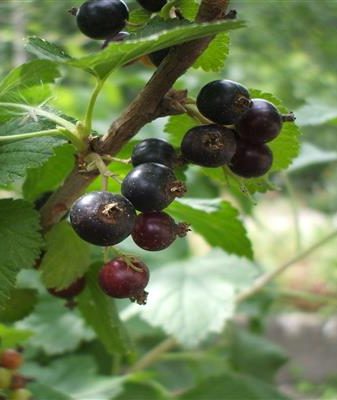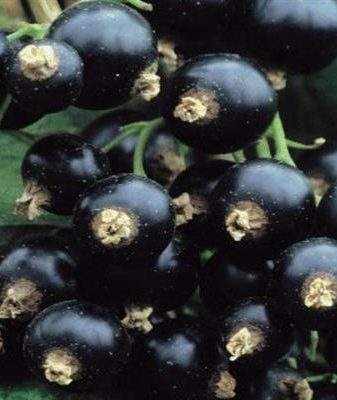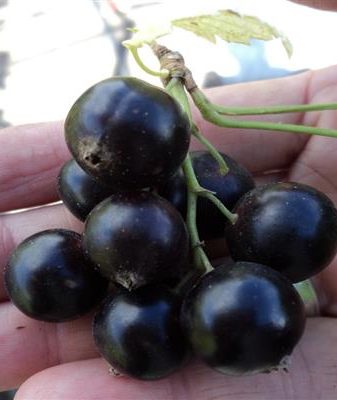Blackcurrant Light-leaved
Content:
Black currant is one of the most widespread and most commonly grown berry plants in our country. Of course, with such fame, it is impossible not to acquire a huge number of varieties and subspecies. And while variety is undoubtedly good, for novice gardeners, choosing your first variety among so many options can seem like a real torment. Therefore, today we offer you to get acquainted with an extremely high-quality variety of black currant called Light-leaved currant. In order for you to form the most complete picture of this plant, we will describe it in all details.
Breeding history
Blackcurrant Light-leaved was bred at Michurinsky University of Agrarian Sciences. The research was led by some of the best specialists in their field, which resulted in an excellent result.
The Svetlolistnaya black currant variety was successfully zoned in 2005 in the West Siberian region, as it has exceptional abilities adapted to survive in its cold environment.
As you can see, the strain is relatively young, but that doesn't make it a bit worse.
Black currant Light-leaved: variety description
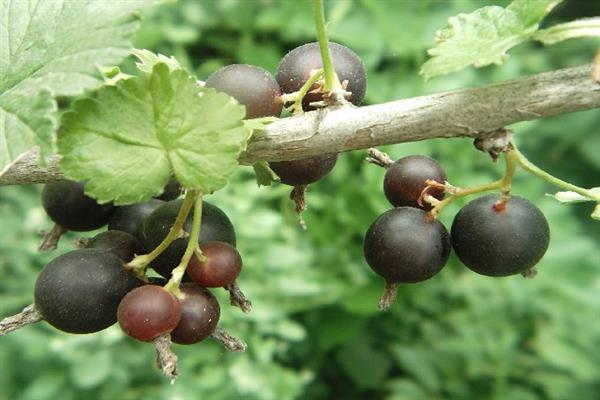
Black currant Light-leaved: photo of the variety
As already mentioned, in order to take good care of a tree, you need to know as much about it as possible, and therefore we present you with a detailed description of this plant.
Bush
In terms of size, the Light-leaved black currant does not differ from the average, as, indeed, in the density of its crown. She is not very lush, but rather sprawling. Annual shoots, which have not yet had time to become covered with wooden bark, also have standard indicators of thickness, resilience and flexibility. Their shade is light green. They also differ in that a slight pubescence can be observed on their surface.
As for the shoots of the Light-leaved currant, covered with tree bark, they have a brown color, which, however, tends to gray. You can even see small scales on their surface.
The buds on the shoots are placed alternately and are almost never grouped. By themselves, they have a slightly pointed and also elongated shape. On the one hand, not adjacent to the shoot, they are convex and smooth, and on the other, vice versa. The color of the buds can be described as deep pink or even burgundy.
Leaves
The leaf plates of the Light-leaved black currant variety, which are formed on the shoots of this tree, have a structure consisting of five lobes. All of them are located at the same angle in relation to each other, however, the first and fifth blades are sometimes quite difficult to notice, because they, in view of their small size, practically merge with the neighboring ones. However, they can be easily detected by looking at the veins covering the leaves over their entire area.
The second and fourth blades, or rather, their upper parts, form an almost perfectly straight line between themselves, and they are also the most prominent among all the others. The notches between all the blades form an obtuse triangle.
As for the texture of the leaves, they are almost completely smooth, unless, of course, the veins are counted, and also quite soft, which makes working with them relatively pleasant even without gloves.
Speaking about the color of the leaves of the Light-leaved currant, it should be noted that it varies greatly depending on the age, as well as on the state of health of the plant. Most often it is a pale green, but it can become both brighter and significantly darker.
In addition, dents can be observed along the edges of each leaflet. They are not sharp at all, but rather large and give the sheet plates a rather interesting shape.
The notch in which the leaf joins the petiole is rather small, but very wide. The leaves come off easily, and therefore the plant must be protected from the through wind.
Black currant Light-leaved: description of fruits
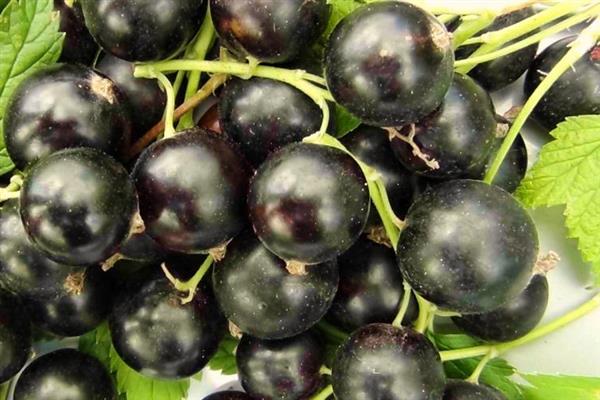
Black currant Light-leaved: photo of the variety
The life of each light-leaved black currant berry begins with a small flower. However, they are not so small: their sizes are quite large relative to other varieties of this culture.
Their shape is round or oval, and a very bright color is also a distinctive feature, and therefore the flowers of this plant can even perform a decorative function. Inflorescences are brushes, in which about six to eight buds are collected.
As for the very berries of the Light-leaved currant, which are formed from these flowers, they have a rather impressive weight relative to other varieties of black currant, equal to one and a half grams. Their color can hardly be called glossy. Rather, on the contrary, they are almost completely matte, and therefore look much blacker than some other representatives of this culture.
The peel of the berries is of medium thickness and does not interfere with the consumption of the product raw. By the way, about consumption. Most often, black currants are grown specifically for their own needs, and therefore you are probably interested to know how tasty these fruits are.
Tasters as well as professional gardeners rate their taste qualities at four and seven tenths, which is an exceptional achievement.
Nevertheless, Light-leaved black currant can be consumed not only raw, because black currants can also be frozen, processed, canned and, of course, sold. It has all the qualities necessary for this and, in addition, is saturated with a huge amount of vitamins and other useful minerals.
Other physiological qualities
Of course, the taste of berries, as well as a variety of options for their use, is far from the only thing this currant can boast of. Light-leaved black currant also has exceptional winter hardiness, which makes it incredibly popular in the northern regions, where the issue of cold is especially acute.
Also, the plant resists drought and hot weather well, which allows it to survive for a long time without any care.
And, of course, one cannot fail to say about the resistance of this plant to a huge list of diseases, among which there are also such crop destroyers as powdery mildew, anthracnose and kidney mites.
Finally, we will also mention a particularly high yield: from one hectare of plantings of this variety, approximately ten and a half tons of berries can be harvested, with average values among other varieties equal to about six to eight tons.
Zoning
As already mentioned, this plant takes root very well in frosty regions, where it adapts extremely successfully to frosty weather. However, with proper care, as well as good watering, this black currant can be grown in more southern regions.
Light-leaved currant: variety reviews
- Karina Igorevna, Sverdlovsk region: “I will not say that the Light-leaved black currant is the best variety among those grown in the garden for 20 years, but I will highly value this variety. The most important plus for me is the amazing frost resistance of the variety.Even in severe frosts, the Light-leaved currant does not fade. The berries are quite sweet and tasty. Their taste is revealed especially well when preparing fruit drinks and compotes. "
- Anastasia Petrovna, Chelyabinsk region: “For me the Svetlolistnaya black currant variety is one of the most delicious varieties. The berries are very sweet, with a very pronounced currant aroma. Also, among all the advantages of the Light-leaved black currant variety, one cannot fail to highlight the fact that it is almost completely self-fertile, which turned out to be great news for me and I think it will be especially good news for amateur gardeners who are not interested in growing an entire currant garden. "


